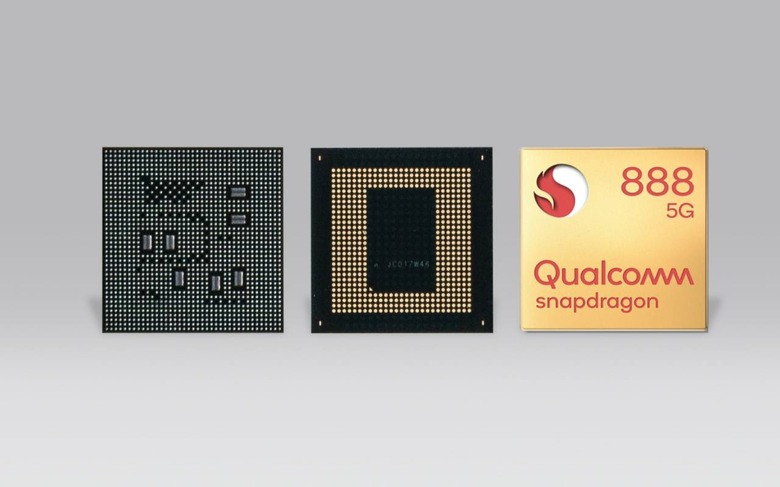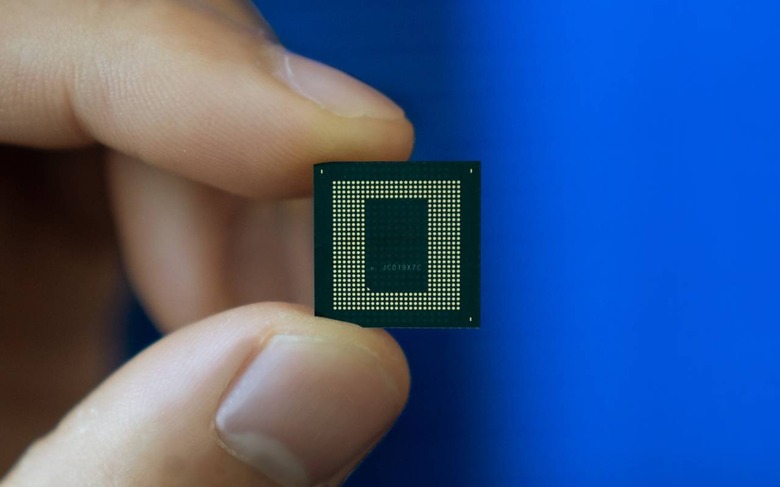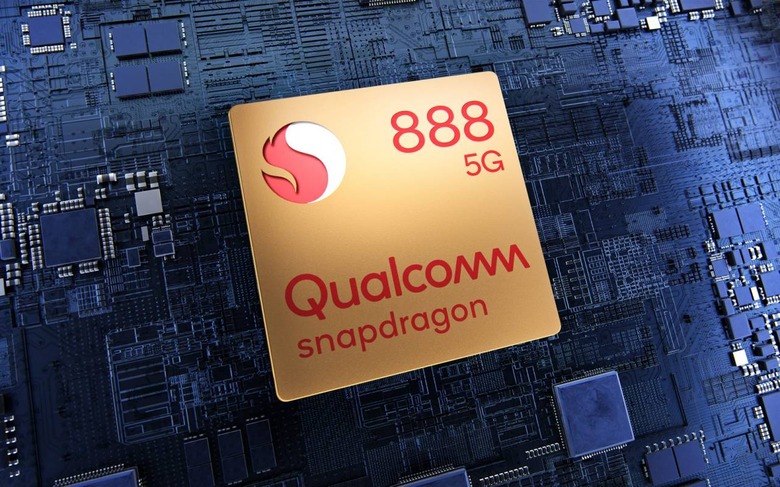Snapdragon 888 Revealed - Qualcomm's 5G Flagship For Android In 2021
Qualcomm has announced its latest flagship chipset, with the Snapdragon 888 set to power the next generation of high-end Android devices in 2021. As you'd expect, there's a big focus on 5G, with the Snapdragon 888 featuring the company's latest 3rd generation Snapdragon X60 modem.
Full details of the chipset won't be revealed until tomorrow, Qualcomm says, with only the headline features of the new SoC being shared at the moment. Still, there's enough to get us more than a little curious.
The Snapdragon X60 5G Modem-RF System, for example, will combine mmWave and Sub-6 connectivity "across all major bands worldwide," Qualcomm promises. There'll be support for 5G carrier aggregation along with global multi-SIM, as we've seen on previous 5G modems, together with standalone, non-standalone, and Dynamic Spectrum Sharing.

Another big area of fascination for Qualcomm recently has been Artificial Intelligence. The 6th generation Qualcomm AI Engine will feature on the Snapdragon 888, with a "completely re-engineered" Hexagon processor. That should be capable of up to 26 TOPS (tera operations per second), and will be linked with the 2nd generation Qualcomm Sensing Hub. That controls always-on sensors in a low-power mode.
Snapdragon Elite Gaming, meanwhile, will continue to offer things like updatable GPU drivers – separate from OS updates, allowing for more frequent incremental improvements in graphics performance, in some cases on a per-game basis – and Desktop Forward Rendering. Qualcomm says the Snapdragon 888 should be able to handle up to 144 fps games with its new Adreno GPUs.

On the flip side of the phone, cameras are another big selling point for the new chipset. There, the updated Qualcomm Spectra ISP will handle photos and videos at up to 2.7 gigapixels per second, or roughly 120 photos at 12-megapixels. That's up to a 35-percent speed improvement compared to the last Snapdragon flagship, Qualcomm suggests.
Of course, Qualcomm has some rising ARM competition at the moment. All eyes are on Apple, which has spread its own, homegrown chipsets from iPhone and iPad to the desktop, with Apple Silicon launching in the MacBook Air, MacBook Pro 13, and Mac mini. They use the M1 SoC, borrowing heavily from the A-series chipsets in recent iOS and iPadOS devices, but we're expecting to see more potent Apple chips in 2021.

That's when we can also likely expect to see Android phones based on the Snapdragon 888, though as always it will be down to smartphone-makers to actually decide when their devices launch. Qualcomm says that ASUS, Black Shark, Lenovo, LG, Meizu, Motorola, Nubia, realm, OnePlus, OPPO, Sharp, vivo, Xiaomi, and ZTE are all planning to launch Snapdragon 888-based devices, though we'd expect to see Samsung and others join that list in the new year.
